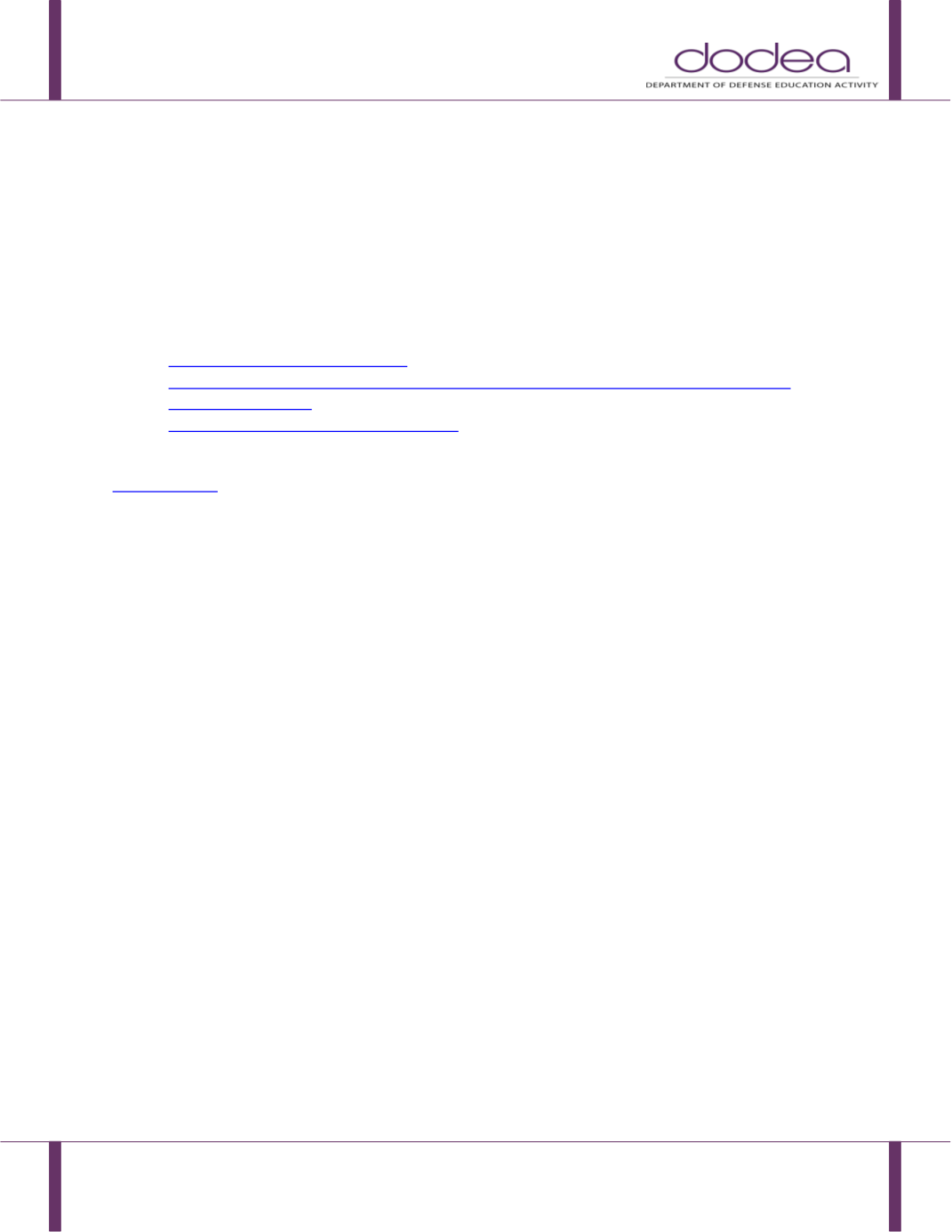

1342.12 Companion
July 12, 2017
Page 44
The term “educational performance” is used in all of the definitions for eligibility. As used in this guide,
educational performance is a term referring to how a student functions in the educational setting. It
may or may not require academic achievement testing as noted within each category. Multidisciplinary
assessment should be collected to substantiate an adverse impact on educational performance.
The CSC must incorporate a variety of data in understanding student learning, performance, and/or
behavior across settings for the determination of adverse educational impact. It is essential to consider
information provided from a wide variety of sources (e.g. teachers, parents, related services, assessment
results) to respond to the questions in in the Educational Impact Analysis Guide.
See the following reference documents at the end of this chapter:
Educational Impact Analysis Guide ; Predicted Scores for Adaptive Behavior and Academic Achievement based upon Full Scale Cognitive Ability (IQ) ;and
Chart for Developmental Delay Reference .Eligibility
DoDM 1342.12E4 S7 a6 (a-c) p 30 and E9 p 80-82
The following categories of disabilities may serve as a basis for an eligibility determination if by reason of
one of the following disabilities the child needs special education and related services.
Areas of Disability
1.
AUTISM SPECTRUM DISORDER
. A developmental disability significantly affecting verbal and
nonverbal communication and social interaction that adversely affects a student’s educational
performance. Other characteristics often associated with autism are engagement in repetitive
activities and stereotyped movements, resistance to environmental change or change in daily
routines, and unusual responses to sensory experiences. Essential features are typically, but not
necessarily, manifested before age three. Autism may include autism spectrum disorders such as,
but not limited to, autistic disorder; pervasive developmental disorder not otherwise specified; and
Asperger’s syndrome. The term does not apply if a student’s educational performance is adversely
affected primarily because the student has an emotional disturbance.
2.
DEAFNESS
. A hearing loss or deficit so severe that it impairs a student’s ability to process linguistic
information through hearing, with or without amplification, and affects the student’s educational
performance adversely.
3.
DEAF-BLINDNESS
. A combination of hearing and visual impairments causing such severe
communication, developmental, and educational needs that the student cannot be accommodated
in programs specifically for student with deafness or student with blindness.
4.
DEVELOPMENTAL DELAY
. A child three through seven (or any subset of that age range, including
ages 3 through 5) who is experiencing developmental delays as defined for infants and toddlers in
Enclosure 3 of DoDM 1342.12 as measured by appropriate diagnostic instruments and procedures, in
one or more of the following areas: physical development, cognitive development, communication
development, social or emotional development, or adaptive development, and who by reason
thereof, needs special education and related services. A child determined to have a developmental
delay before the age of 7 may maintain that eligibility through age 9.
5.
EMOTIONAL DISTURBANCE
. A condition confirmed by clinical evaluation and diagnosis and that,
over a long period of time and to a marked degree, adversely affects educational performance and
exhibits one or more of the following characteristics: (a). Inability to learn that cannot be explained
by intellectual, sensory, or health factors; (b). Inability to build or maintain satisfactory interpersonal


















